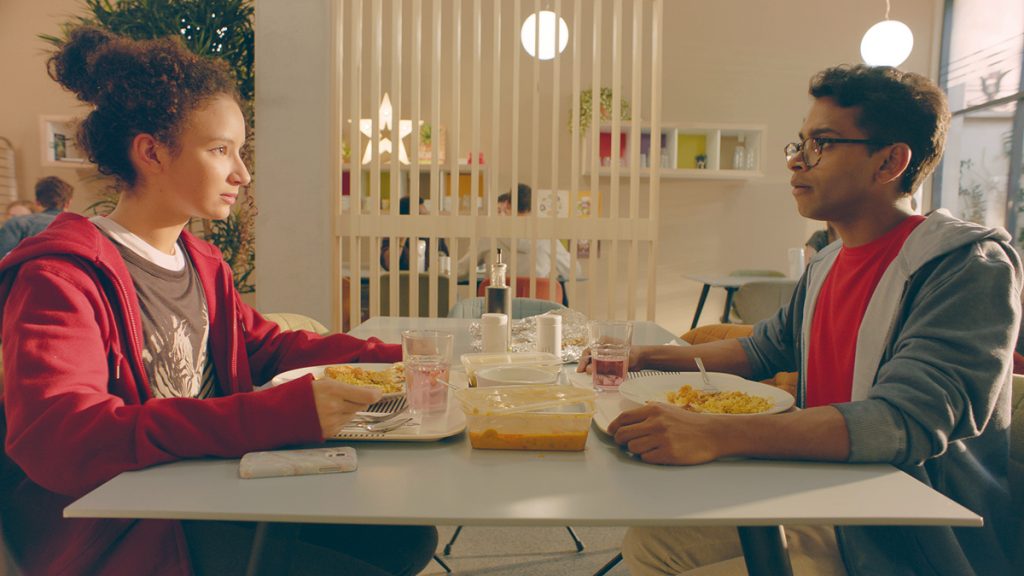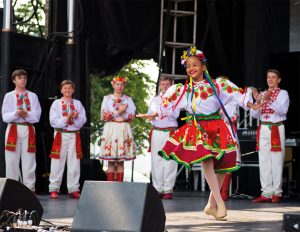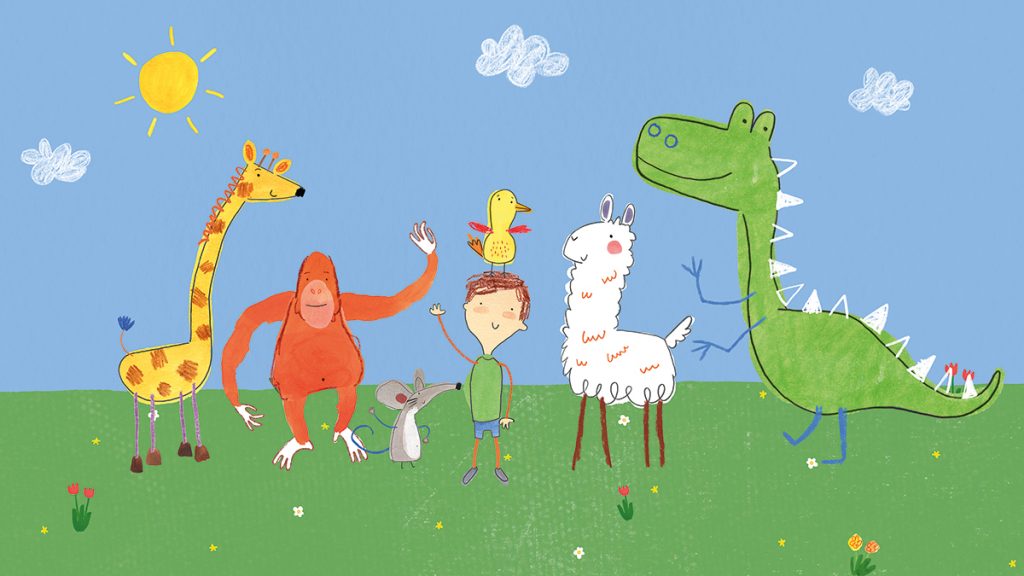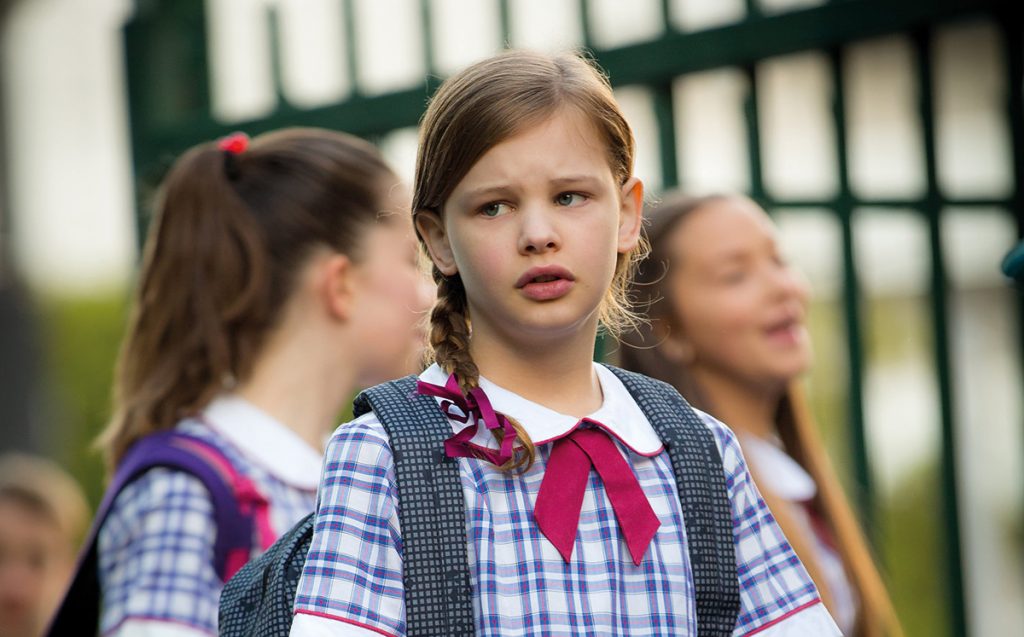
After more than 35 years of operation, TBI is closing its doors and our website will no longer be updated daily. Thank you for all of your support.
Diversity in TV must start early
While representation in kids’ TV has increased in recent years, it’s still got a long way to go before it becomes mainstream. Ann-Marie Corvin reports
From Sesame Street to Dora, there’s a perception that kids TV leads the way when it comes to positively championing themes of inclusion and diversity, but statistics suggest otherwise.
The ongoing Children’s Television Project (CTV) at Tufts University, which has been monitoring US children’s TV content for diversity for the last seven years, has found that black characters account for 5.6% of a total sample of over 1,500 characters, despite representing around 13% of the population in 2018.
Meanwhile, in the UK, regulator Ofcom’s Children and Parent’s Media Use and Attitude Report (November 2017) found that a third of British 8-11 year olds still didn’t think there were enough programmes which showed children that looked like them.
This matters because young audiences will simply pay less attention if they don’t see themselves reflected in the content, according to Anne Brogan, joint managing director of kids prodco Kindle Entertainment.
“If your creative comes from a limited pool of experience you can’t capture the wider experience of kids, and if you can’t do this, they will disconnect,”
she warns.
The former ITV kids’ controller adds that the challenge for content makers is to find the people to tell the stories and to make them entertaining so that they have universal appeal.
For its CBBC/CBeebies hit, Jamillah And Aladdin – which brought together three central characters from a diverse background – Kindle chose to draft in less experienced writers from diverse backgrounds.
“It isn’t easy if you have a team of rookie writers as you have to put a huge amount of support into that team to generate the scripts,” Brogan adds.
Commercially, however, it was worth it, with the 52 x 11-minute show – distributed by Spain’s Imira Entertainment – picked up by Spanish pubcaster TVE; Al Jazeera for the Middle East and North Africa, as well as Sweden and Norway via networks Sveriges Television and NRK.
“Broadcasters loved that combination of the classic storytelling and the very modern ethnically diverse characters; the response we had from parents was delightful. Their children were seeing what was familiar to them on screen for the first time,” she recalls.
Julie Bristow, president and CEO of Toronto-based content-creation company Bristow Global Media (BGM) reports similar feedback after the first series of last year’s 13 x 22-minute live action series It’s My Party! for TVO.
Aimed at 6-9 year olds, the series takes young viewers on a tour of the world’s greatest parties, from Diwali and Kwanzaa to Hanukkah and Oshogatsu.
Currently in production on the second series, which the firm is taking to MIPTV, Bristow reports that the response from viewers has been overwhelming.
“It’s often the first time the kids have seen their culture represented on TV. Parents hear their kids shout ‘They are telling our story’, and that’s what we have to do, we have to put everybody on camera,” she says.
There are plenty of other examples of commercially successful kids content punching through that reflects and explores different cultures and experiences.
Cottonwood Media’s preschool animated hit, Ollie & Moon, the second series of which is heading to MIPTV, introduces small kids to different cultures – with two cats – who travel around the world appreciating the differences and similarities in everyone.
The show’s ‘vive la différence’ message has now sold to over 150 countries, airing in most English-speaking countries as well as every major market in Europe, Asia, the Middle East and Latin America.
According to Cottonwood co-founder Cécile Lauritano, when the company was developing its ultra premium live-action ballet co-pro Find Me In Paris, they were keen to reflect LBGT+ experiences as a normal part of teen life, with a storyline featuring an openly gay character who falls in love with a friend, treated as any other romantic plot.
While this may not seem groundbreaking, given the amount of YA fiction written to reflect gay experiences, until recently there’s been a nervousness among execs around LGBT characters, which makes the success of dramas such as ABC Australia’s First Day (see case study), all the more remarkable.
“As a producer I was very proud to bring this storyline to the screen,” says Lauritano, because 10, 11 and 12 year-old kids need to understand that there must be stories from every origin and every orientation and that this has to be normal in 2019.”
The texture these stories and the diverse and international cast brings to this English-speaking tween show is arguably one of the reasons for its success: The 26 x 26-minute show only launched at MIPCOM 2017 and Cottonwood is already bringing season three to MIPTV.
While gender and ethnicity appear to be high on the agenda in kids TV, shows featuring disabled children appear less visible, but this is also changing.
French animation outfit Xilam launched its first pre-school property Paprika two years ago, featuring two twins, one of whom is a wheelchair user.
BGM is also developing the animated series Ricky Rockets, which Bristow says was brought to the company with the theme tune written by a famous Canadian musician, whose wheelchair-using nephew plays in a rock band.
For Ed Galton, CCO and managing director at CAKE – which distributes and exec produced series one and two of CBeebies animated hit Pablo – you can never have too many shows that positively champion inclusivity, but, he stresses, “they need to be told with entertainment and storytelling at their heart”.
Produced by Paper Owl Films, Pablo details the adventures of a boy with autism, using stories inspired, written and voiced by talent with autism. Now on key channels and platforms throughout the world, Pablo has inspired marketing and PR campaigns in local markets, according to Galton.
Its impact on autism awareness is such that 50 new short ‘behind the stories’ films have been made interviewing the writers who reveal their inspiration behind the storylines. They will feature on social media during World Autism Awareness Month throughout April.
The big US kids networks are also stepping up their game to reach what Nickelodeon has referred to as “the most diverse generation ever”.
One notable improvement has been the growing number of female showrunners in animation – a contingent underrepresented in the past.
These include Rebecca Sugar, creator of Cartoon Network’s Steven Universe, which has been praised for its positive depictions of LGBT+ characters.
Other showrunners, many who have made their name on Nickelodeon properties, include Christine Ricci (Dora The Explorer, Nella The Princess Knight, Blaze And The Monster Machines), Farnaz Esnashari -Charmatz (Shimmer & Shine) and Niki Lopez, creator and producer of upcoming Latina pirate adventure, Santiago Of The Seas.
Elsewhere, top-rated animated series, The Loud House, created by Chris Savino and now in its fourth series, has been praised for its diverse range of characters, including interracial gay parents.
The Nick show has inspired equally diverse spin-off series, The Casagrandes, set to premiere on the network this October. Focusing on a Latino family who have a child with Down Syndrome (voiced by an actor with Down syndrome) the award-winning Hispanic-American cartoonist Lalo Alcaraz served as an early cultural consultant on the show.
According Nina Hahn, senior VP of international development, Nickelodeon, encouraging showrunners to bring their key experiences to the table – and/or working with consultants to ensure these experiences are authentic – is key. “You need to treat diversity authentically, and not just as a box ticking exercise.
“You also need a very strong creator at the centre who has a story to tell. Chris came from a big family and depicted the life he saw. For us it was a no brainer – we didn’t even think about it as ‘the diverse show’,” she says.
But what about breakthrough international shows coming from other continents? Ubongo, a pan-African content company primarily focused on creating learning resources for young children, has ambitions to create characters as ubiquitous as Dora The Explorer.
Since launching in 2015, the multiplatform company now has four YouTube channels and two key children’s properties – Ubongo Kids and Akili And Me.
It also produced multiple learning resources that teach 3-6 year olds (many of whom do not get a primary education but may have access to a mobile phone) early literacy, numbers, social and emotional skills and English as a second language.
This content is now starting to generate interest beyond the 31 African countries and 11m households that it currently broadcasts and streams in.
According to Ubongo’s Iman Lipumba and Doreen Kessy, initial interest came from parents all around the world who were interested in teaching their kids about diversity and inclusivity. Ubongo’s content is now available on streaming services in China, Spain, the UK and is broadcast in the US via The African Channel.
Content-wise, Lipumba says the focus will always retain a local flavour for children who are growing up with Dora but are underserved in terms of characters that look like them, eat what they eat and live as they live. “It’s hugely important that we create our own stuff because if the content is not localised our children can’t relate to it,” she says.
“We are bombarded with hair and beauty products that help us conform to images of people that don’t look like us. But what message does this send out? It has got people swimming across the ocean to get to Europe – because someone told them that this is the best way to be. The narrative has become ‘ ‘whatever is foreign is better’. This has to change.”
CASE STUDY First Day
ABC/Screen Australia/Epic Films
Produced by Epic Films and commissioned through an ABC and Screen Australia joint initiative, First Day tells the story of Hannah, a transgender child experiencing her first day at secondary school.
The18-minute film was inspired by a transgender child the writer Julie Kalceff is close to. “When she first started transitioning, her mother desperately wanted to support her but wasn’t sure of the best way to do that.
“I thought how wonderful it would be for both of them to see a children’s TV episode about a girl who struggled with some aspects of being transgender, but who was basically dealing with the same issues as most girls her age,” she says.
Kalceff and producer Kirsty Stark felt it was important to cast a transgender child in the role – to shatter the myth that being transgender is a choice or that it’s about ‘dressing up’. Subsequently its star, Evie Macdonald, became the transgender actor in the lead role for any Australian TV drama.
The film has since gained traction on the international market, having won the inaugural Diversify TV Excellence award for Kids Programming at MIPCOM last October and the Prix Jeunesse International Gender Equity Prize last May – voted on by 550 children’s experts from 65 countries. As a result of such “overwhelmingly positive” response, First Day is currently being developed into a full TV series.







